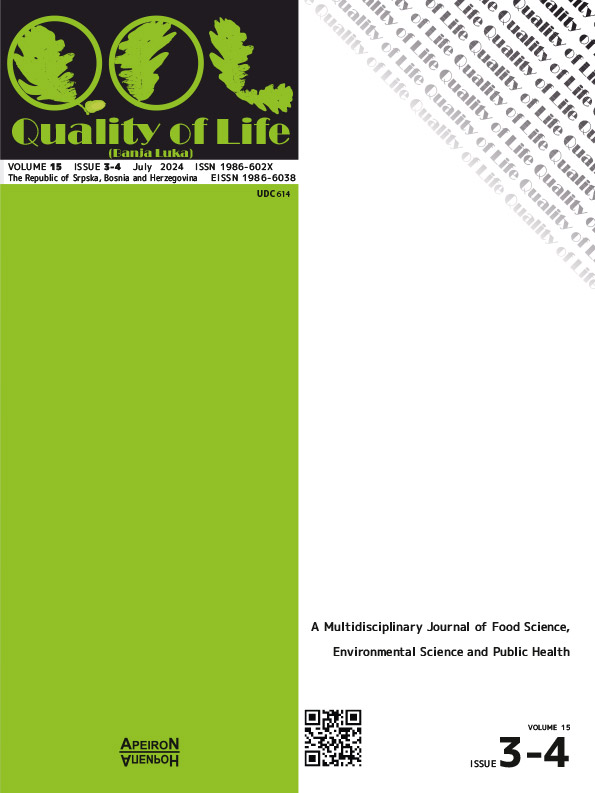The Antifungal Properties of a Fresh Extract Derived from Allium Sativum
DOI:
https://doi.org/10.7251/QOL2403111KKeywords:
Allium sativum, antifungal properties, clotrimazoleAbstract
Many fungal species are opportunistic and rarely pathogenic to healthy individuals unless dealing with an immunocompromised host. There are numerous reasons why a host might be immunocompromised (HIV, AIDS, TB, leukemia, diabetes, and many other causes), as well as therapies with antimicrobial drugs, corticosteroids, immunosuppressants, etc., which act immunocompromising on the host’s immune system. Such conditions favor opportunistic systemic fungi that will seize the opportunity to colonize the weakened organism, which is not prepared and strong enough to fight off the infection. Aspergillosis, candidiasis, and other fungal diseases are typical examples of opportunistic systemic fungal infections. This study aims to assess the antifungal potential of fresh Allium sativum extract originating from the Republic of Srpska in comparison with clotrimazole against two isolates of Candida albicans, one reference strain of Candida albicans WDCM00053, Saccharomyces cerevisiae WDCM3058 and Aspergillus brasiliensis WDCM00054. The results of the study showed that fresh Allium sativum extract has higher antifungal activity against Candida albicans, Saccharomyces cerevisiae, and Aspergillus brasiliensis compared to clotrimazole, a standard antifungal drug.
